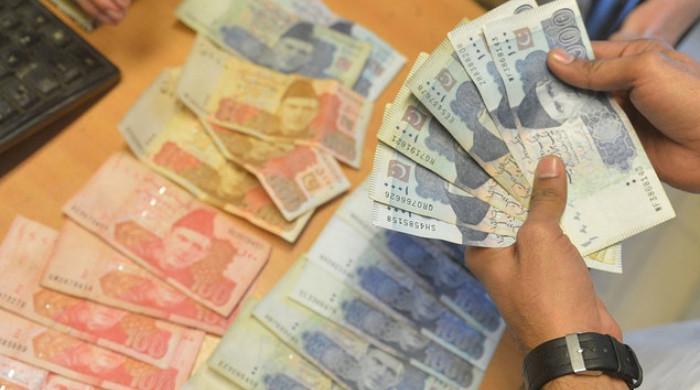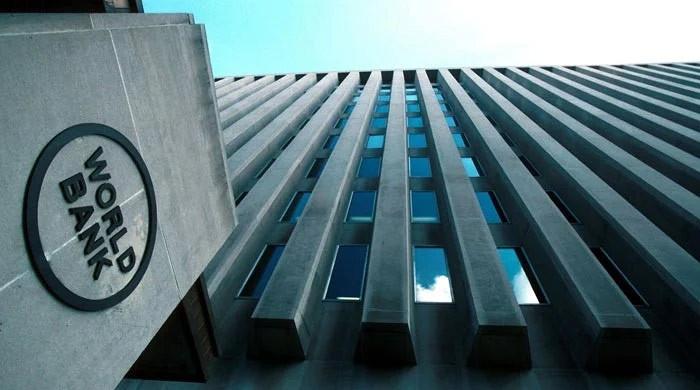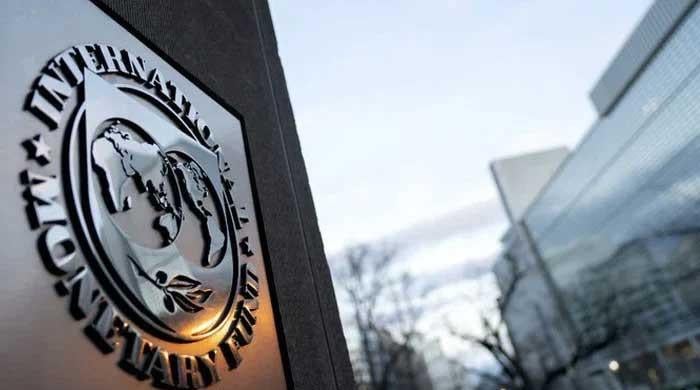PIDE report highlights huge disparity in govt employees’ salaries
With higher grades, the proportion of cash allowances in pay and quantified perks in the total cost increases
October 16, 2023

- PIDE investigates burden each govt officer brings on budget.
- With higher grades, proportion of perks increases total cost.
- Balance needed between short-term benefits, sustainable fiscal policies.
ISLAMABAD: The combined ratio of salaries, perks and operating expenses is much higher for upper grades from 17 to 22 compared to lower grades.
“The combined ratio of salaries, perks, and operating expenses is much higher for BPS-22 employees getting 32.52 times from BPS-1 employee. This suggests that perks and benefits and operating expenditure are highly compressed, with a large gap between the highest and the lowest salaries,” a study done by the Pakistan Institute of Development Economics (PIDE) titled “Life Time Cost of Public Servants” revealed on Sunday.
The aggregate ratio encompassing salaries, perks and benefits, and operating expenses for BPS 22 employees is significantly greater than that of BPS 1 employees, at a ratio of 32.52 times. This indicates a substantial disparity in perks, benefits, and operating costs, with a considerable chasm between the highest and lowest salary levels.
According to the Pakistan Bureau of Statistics, the latest headcount of federal government employees in Pakistan is 1,374,911 as of December 2022. This number includes civilians, armed forces and autonomous/semi-autonomous/corporations.
In Pakistan, the government spends an ample amount of money on paying its employees and providing pensions: The cost of paying these employees is about Rs3 trillion, and pension costs about Rs1.5 trillion. Project workers, people working in government companies and other organisations cost approximately another Rs2.5 trillion. The salaries for the military and the total amount spent on wages becomes around Rs1 trillion.
With higher grades, the proportion of cash allowances in pay and quantified perks in the total cost increases. Government housing facility, given as an in-kind benefit, has never been accounted for in the total cost of the civil servants nor its opportunity cost to the government has ever been calculated.
The use of official vehicles for personal use by Grade 20-22 officers increases the total cost by more than 1.2 times the basic pay while the health allowances and medical bills reimbursement add over Rs2.5 to Rs3 billion to the budget.
Moreover, perks and different allowances add to the total cost of civil servants substantially, and if monetised, would break the myth of low salaries in the public sector.
PIDE's current study has investigated the burden that each newly recruited individual (ranging from Grade 1-22) brings on the national budget.
However, politicians raise political slogans of offering public employment to a substantial number of individuals, without acknowledging that the government’s job is to create new opportunities and not offering jobs. However, politicians by providing employment opportunities to many individuals, especially within their own party or patronage network, can cultivate a base of supporters who are more likely to vote for them in elections.
The study identified that the net present value of a Grade-1 employee hired in July 2023 would be Rs8.1727 million including salary and pension, perks and benefits and operating costs respectively.
It has also been calculated that the sums of Rs49, Rs136, and Rs245 million will be required by the government to afford a Grade-17 officer for a period of thirty years.
These sums represent what the state and government of Pakistan will have to spend on a worker.
This prompts the question of whether or not we have sufficient revenue streams to support the compensation for the next 30 years; if not, it’s a good time to pause and consider the implications of adding a new worker to the system, given that the state and the government will be responsible for covering the cost through taxation.
To break free of its debt spiral, according to PIDE, Pakistan needs long-term planning; salaries and pensions are the major expenses for the institute, so the study has proposed being extra careful and cost-effective before deciding to keep an employee. This way, the institute can figure out how it can afford to pay the person for the rest of his or her working life.
It is essential for governments to evaluate the long-term financial implications of immediate job creation and to find a balance between short-term benefits and sustainable fiscal policies. While the creation of immediate jobs can have a good effect, it is equally important to note that rapid job creation can have negative effects.
Originally published in The News









